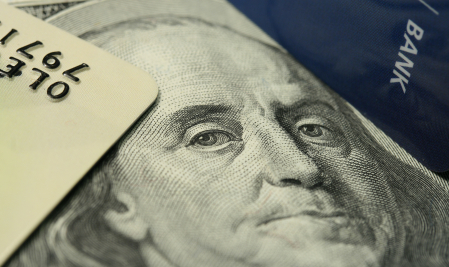Recipe for Understanding Your Credit Score
 Credit cards, mortgages, car loans, and other lines of credit affect your credit history and credit scores. Every time you obtain a credit card your credit score is going to fluctuate. If the account becomes delinquent you will show poorer credit scores than a person with accounts in good standing. Since your credit scores are used to assess your risk to a company it is imperative to keep your scores as high as possible. To help you understand your credit scores and why you need to access your free credit scores periodically, information has been provided below.
Credit cards, mortgages, car loans, and other lines of credit affect your credit history and credit scores. Every time you obtain a credit card your credit score is going to fluctuate. If the account becomes delinquent you will show poorer credit scores than a person with accounts in good standing. Since your credit scores are used to assess your risk to a company it is imperative to keep your scores as high as possible. To help you understand your credit scores and why you need to access your free credit scores periodically, information has been provided below.
Free credit scores and your FICO score are two different things. Transunion, Equifax, and Experian all have a credit score that they create based on your free credit report. The information in your free credit reports will be given ratings. There are five categories used to devise the credit bureau credit scores. These three scores are then used to create your FICO score. The five categories the credit bureaus use are listed below. The percentage of how each category affects you has also been listed.
- Length of Credit History: 15 percent
- New Credit: 10 percent
- Types of Credit Used: 10 percent
- Debt: 30 percent
- Payment History: 35 percent
From this list you can see that the length of your credit history, new credit, and types of credit are going to minimally affect your credit score. They do matter to come up with the entire score, but the amount of debt and your payment history will matter a great deal more. Debt is the amount of credit you have including revolving debts. Credit cards fall under revolving debt, which is also unsecured debt. The more unsecured debt you have the more risk companies see.
Your payment history is more important than the amount of your debt. In fact your payment history will determine if you are considered where you are on the range of bad to excellent credit. A credit score is calculated between 300 and 850, with the worst credit being 300. If you fall below 600 on your credit score you are considered a high risk. 750 and above is ideally where you want to be on the credit score range.
Individuals with lower than 600 would have to apply for bad credit credit cards or prepaid cards, if they want a credit card. A person with a higher credit score will often get a better credit card and thus a better annual percentage rate. From this information you can extrapolate a conclusion about free credit scores and your FICO score.
The FICO score is created using the median of the three credit bureau free credit scores. This score is then used to determine if you should be awarded any line of credit including the credit card you are applying for. Furthermore, each line of credit you have will affect your free credit score. For those with bad credit, having a bad credit credit card can help increase the credit scores if the reports are good. This process is slow, but it is one way to repair credit if you need to.

